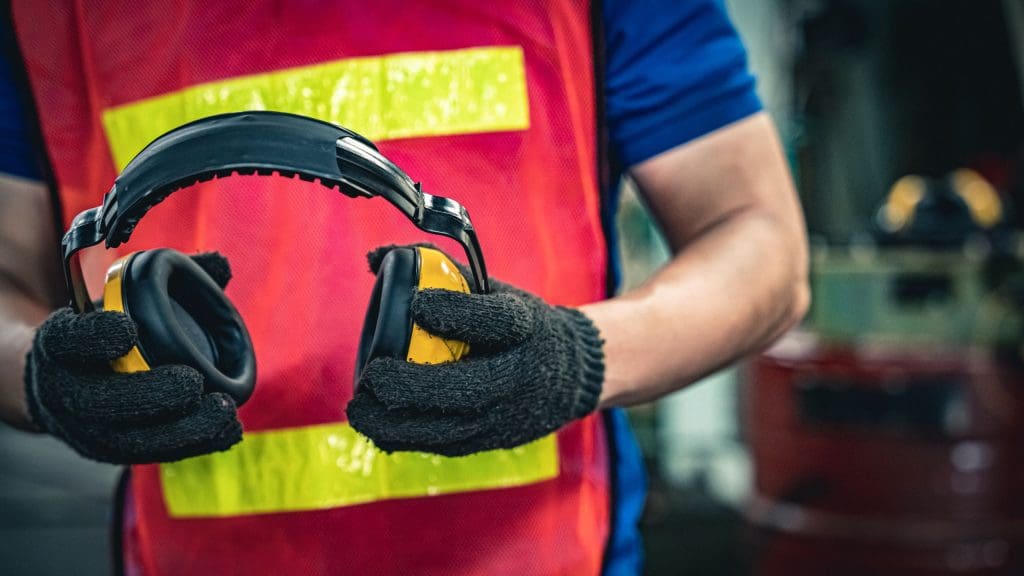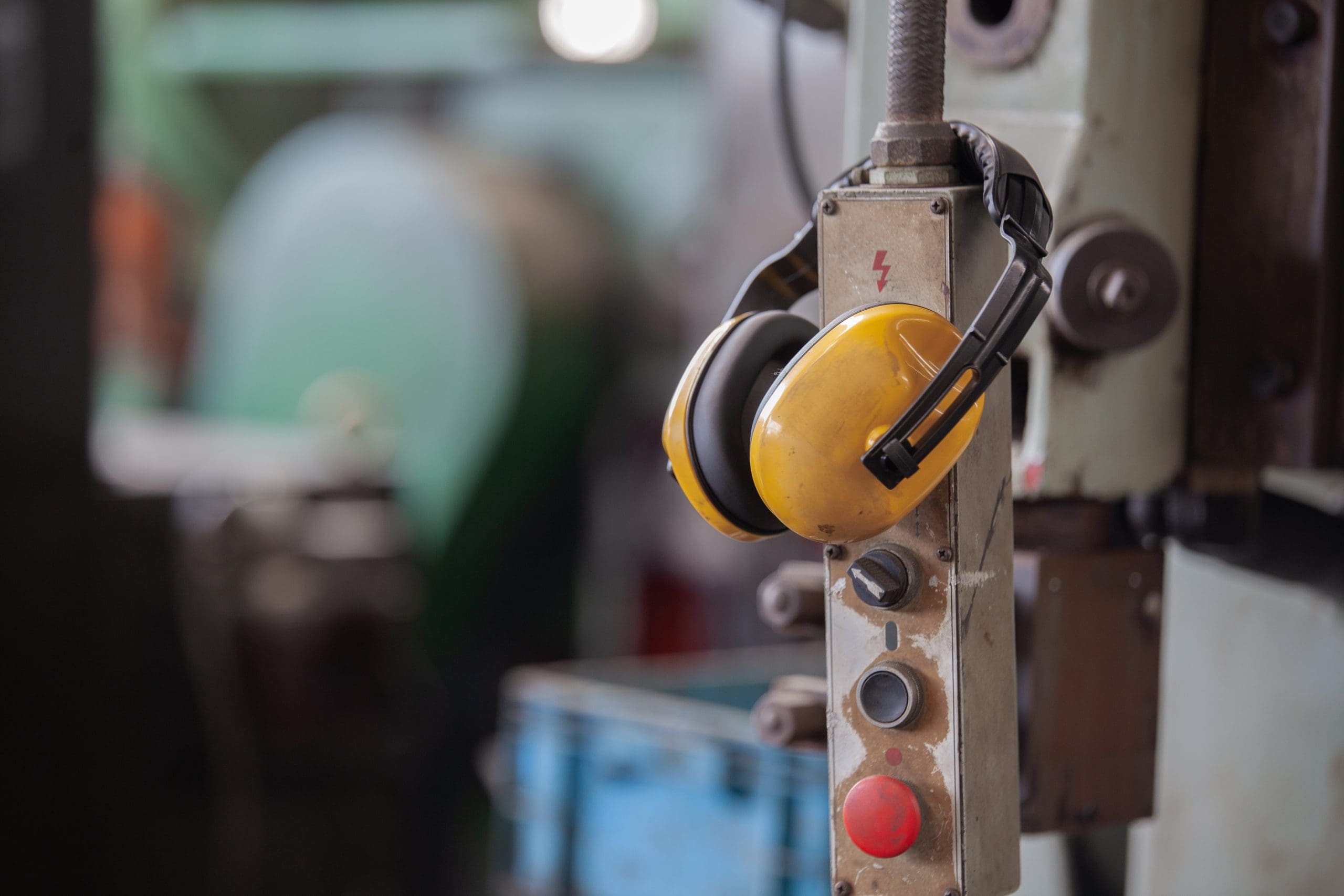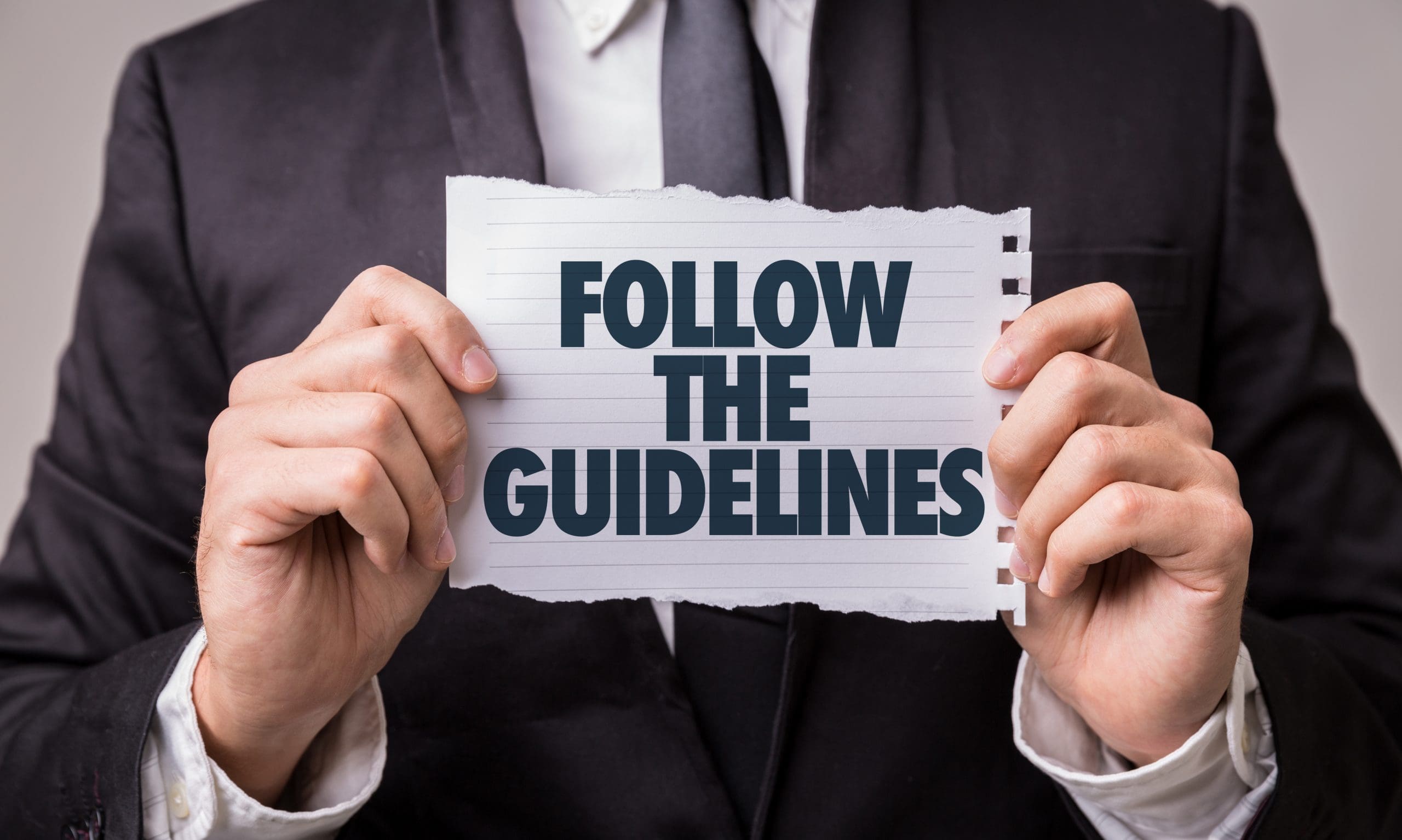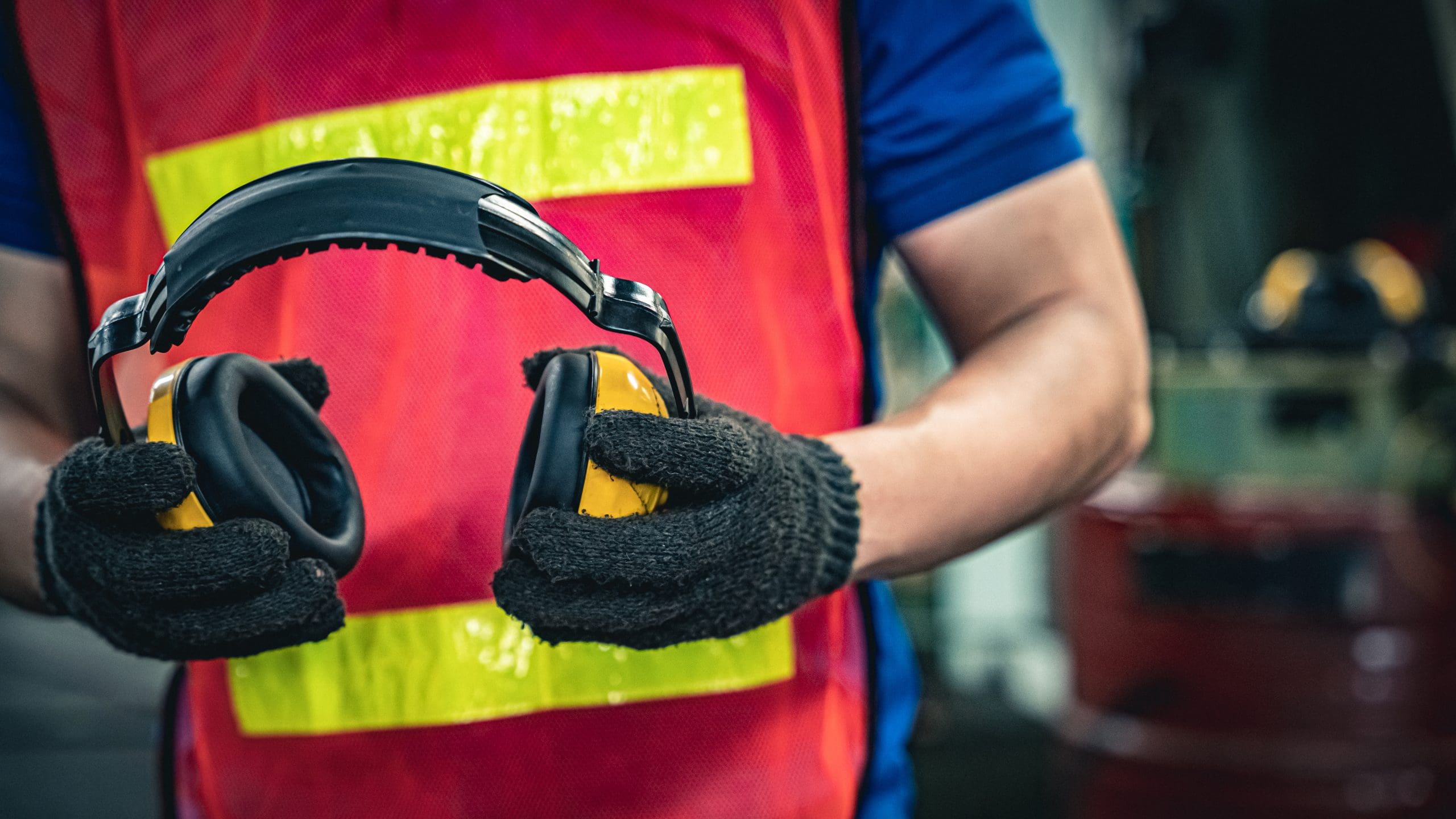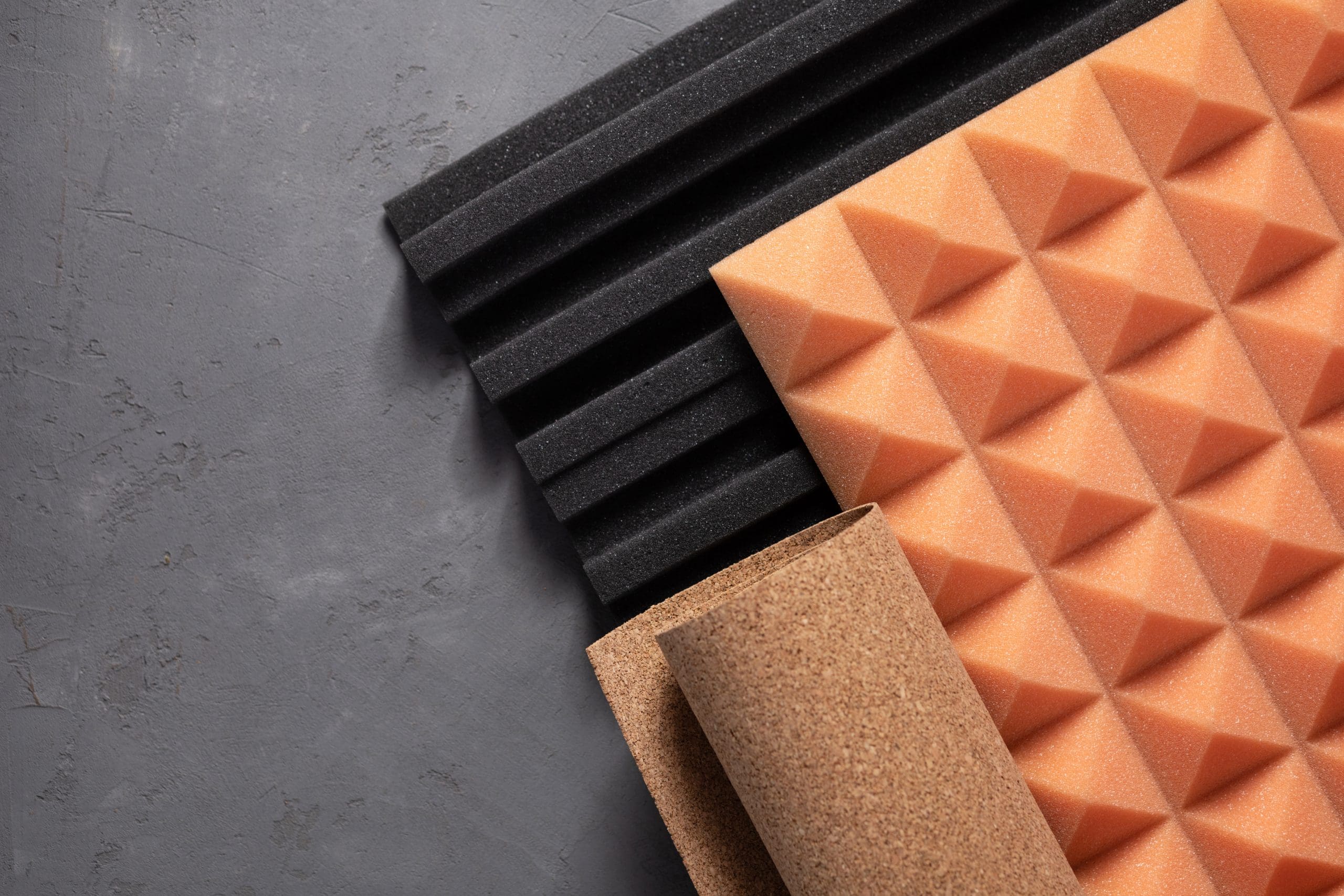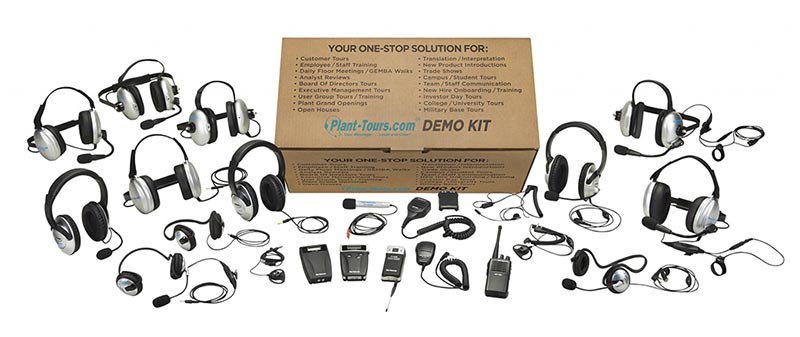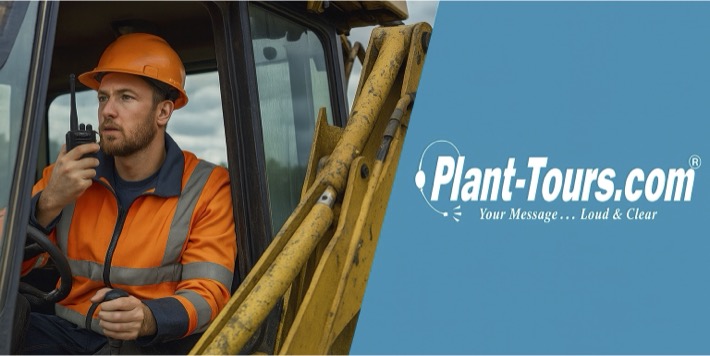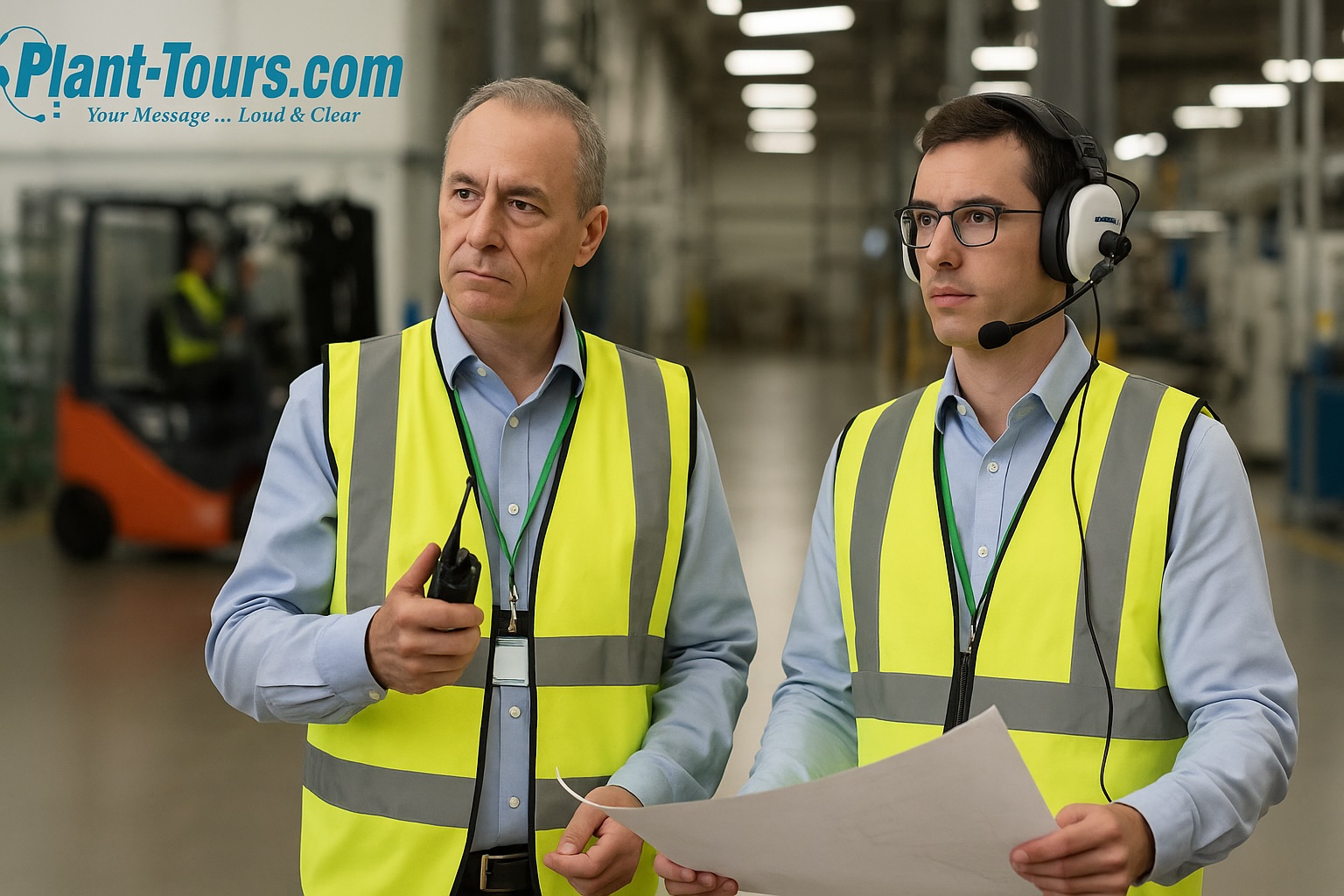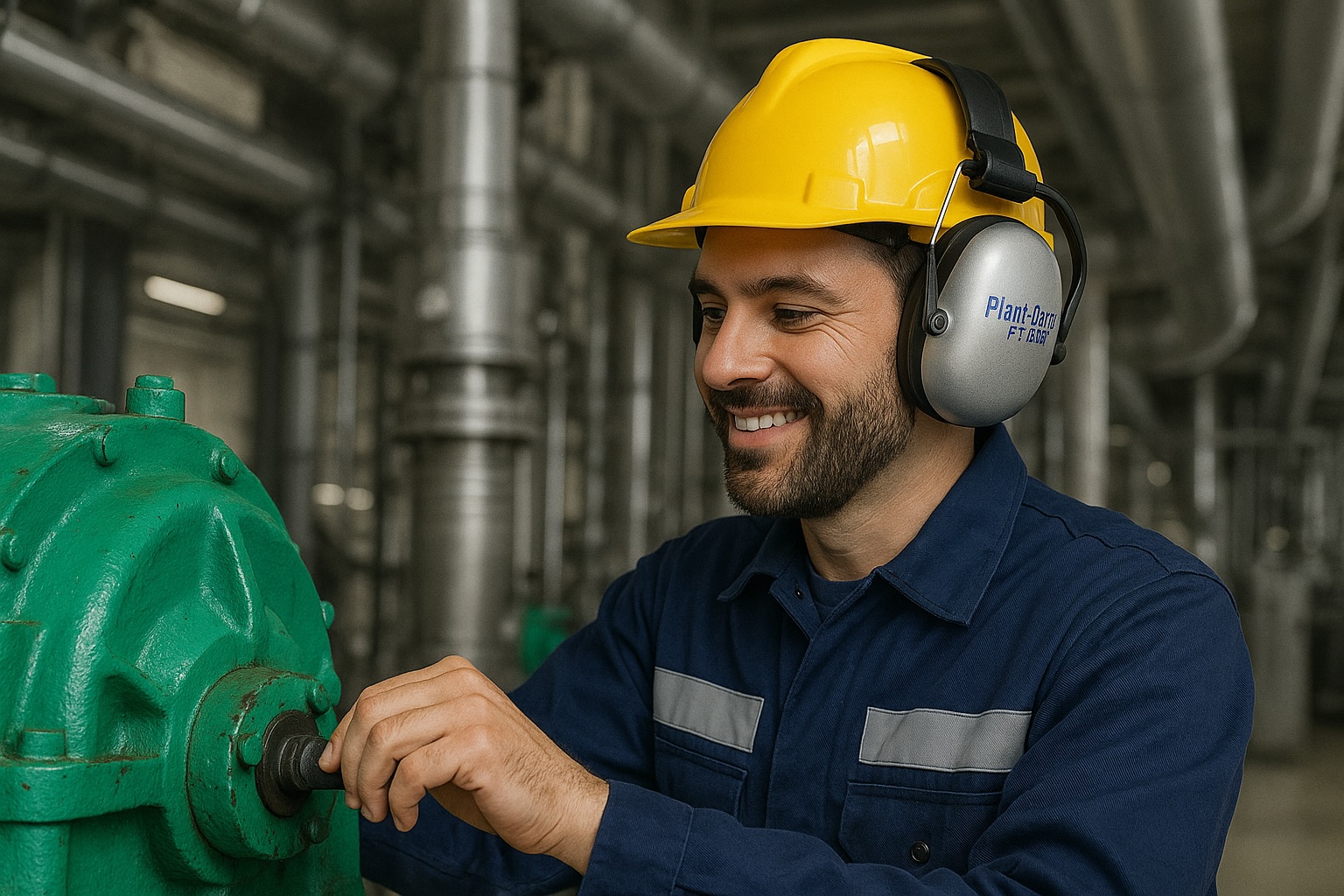Strategies to Reduce Noise in Factories
It’s no secret that loud noise is common in an industrial setting. However, even though high noise levels come with the territory, they can lead to a whole number of issues. Problems can often occur such as poor communication, reduced productivity, workplace accidents, stress, hearing loss, and other serious health risks. We have a few suggestions to help measure, control, and minimize the amount of noise in your factory. Following these six simple tips will help ensure everyone in your factory is on the same page, is as productive as possible, and — most importantly — is safe.
Tip 1: Accurately Measure Your Noise Levels
Sound is measured in decibels; there are limits to how many decibels the human ear can be exposed to without being damaged. So first off, you want to take time and gauge the noise levels at your facility from top to bottom. You want to measure these on an ongoing basis.
In general, any work environment with noise levels above 80 dBA can be potentially harmful. However, the source of noise varies greatly from factory to factory. For example, HVAC units, conveyors, fans, and industrial chutes might be relatively quiet on their own. But when working together, they can get pretty loud — even if it’s not always obvious. Especially when heavier machinery is involved, the decibels can go up tenfold.
Fortunately, there is an array of noise-measuring devices readily available on the market.
You can also learn more about accurately measuring the sound levels at your facility and noise reduction ratings.
Tip 2: Adhere to OSHA and NIOSH Guidelines
If you need to raise your voice to speak to someone 3 feet away, the noise levels might be over 85 decibels (A-weighted) or dBA, according to the Occupational Health and Safety Administration (OSHA). For an eight-hour workday, the National Institute for Occupational Safety and Health (NIOSH) recommends 85 dBA as the occupational exposure limit (OEL) for noise, in most U.S. jurisdictions. In other words, anything above 85 dBA can be considered excessive noise and lead to hearing damage. Each facility will obviously have its own rules, regulations, and guidelines regarding safety. But it’s also vital that you study the latest national guidelines and recommendations. So stay informed and up-to-date, and host safety training sessions and inspections frequently. This will help minimize general risk levels and ensure a safe work environment for everyone involved. It will also help you choose the right protective equipment.
Tip 3: Protect Your Ears
Once you know your facility’s decibels, you want to make sure you and your staff have the proper hearing protection. Earplugs and earmuffs are often the first line of defense when working next to noisy machinery. But even relatively quiet machinery and equipment — when working together — can cause insidious damage. So measure your noise levels daily, take notes, and decide what type of protective equipment works best for you and your team. For example, standard earplugs may be enough if your factory is relatively quiet and there’s not much back-and-forth between the workers. On the other hand, if your facility is extra loud and requires ongoing communication between its staff (and/or visitors), consider high noise communication headsets with built-in microphones and sound reduction and isolation capabilities.
Tip 4: Isolate Noise
Protecting your ears is key when it comes to noise, but there’s also a lot you can do around the factory itself. One of the most common methods of noise reduction is noise and vibration isolation. For example, placing equipment next to a wall, in a corner, or in a separate room already creates a noise barrier and helps reduce the level of reverberation. You can also treat your walls and ceilings with various sound-absorbing materials. Another common method of soundproofing and acoustic treatment is damping certain work areas. You can use carpets, foam, acoustic panels, shielding, and so on. In noisier factory settings, active silencers (or suppressors) are also common. These can produce an exact mirror image of the disturbing sound — thereby canceling it out. Industrial noise control can be a long and complicated science. But there are numerous ways you can make sure the noise levels in your factory are minimized. With a bit of research and the proper noise measurements, you’ll be able to determine which sound isolation methods work best for you and your facility.
Tip 5: Properly Space Your Machines
You should also think about where your noisy machines are in relation to each other, their surrounding space, and your staff. For example, in larger factories and warehouses, it’s best to place the louder machines away from each other and the main work area. That way the natural attenuation — along with the sound-isolating methods above — will help keep the general noise levels down. However, depending on the number of machines, this may also increase the overall reverberation (i.e., noise levels) throughout the space. If your facility has high ceilings, it’s best to place each loud piece of equipment closer to each other, soundproof the walls, ceilings, and machines as much as possible, and have your staff protected. Whenever possible, try to keep the louder equipment and/or tasks away from the main work area. Also think about your neighbors too.
Tip 6: Install Enclosures in Your Factory
It’s important to remember — more walls generally mean fewer decibels. So consider introducing acoustic enclosures (aka sound, soundproof, or noise enclosures) too. These can be partial or full, small and portable, or the size of a building. They can house loud equipment, separate machines, work panels, engineering controls, offices, and so on. They can also be soundproofed and modified in several individual ways. Installing sound enclosures is a bit of an architectural and science project, but it will increase communication, productivity, and overall safety for everyone in your factory—so it’s highly recommended.
